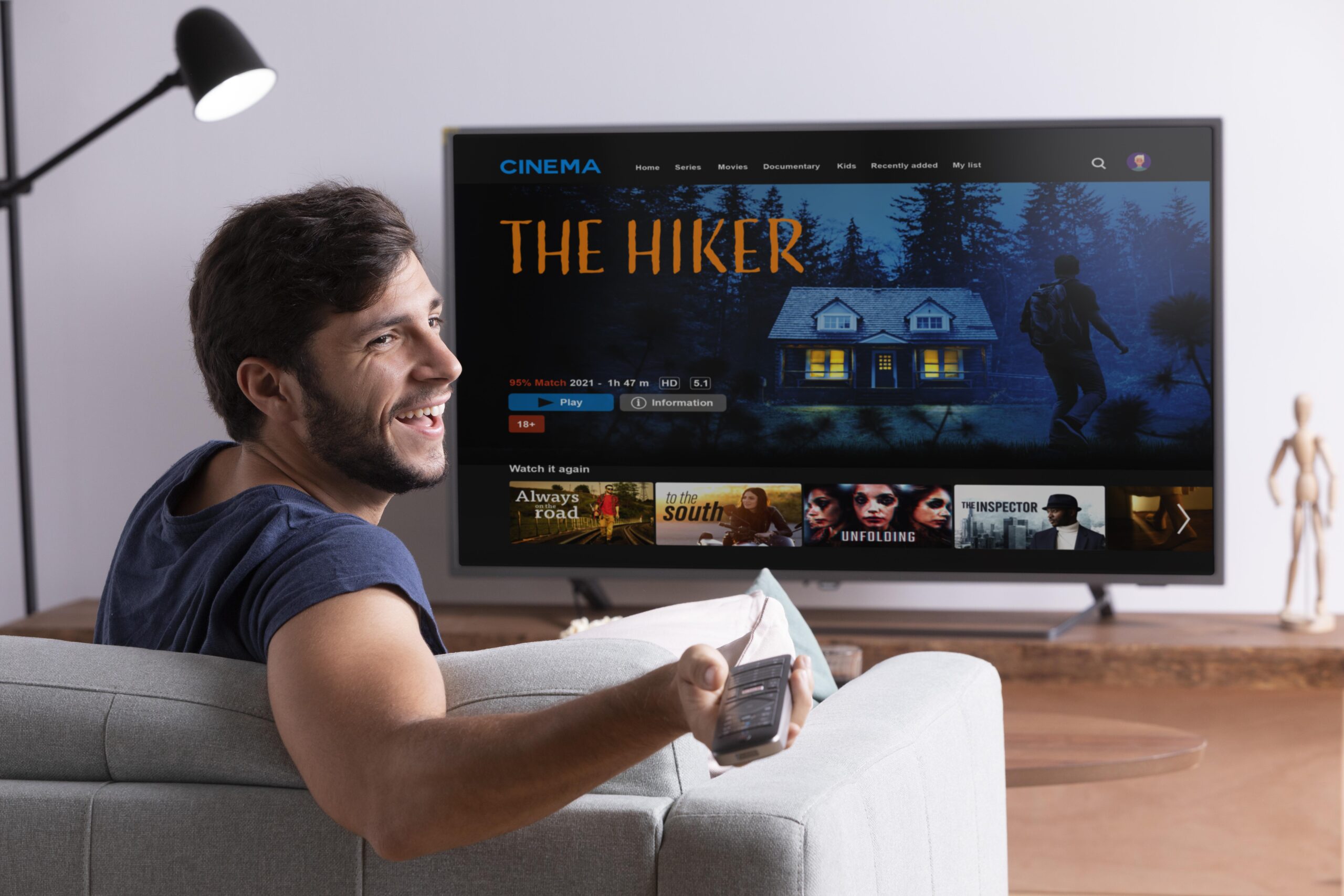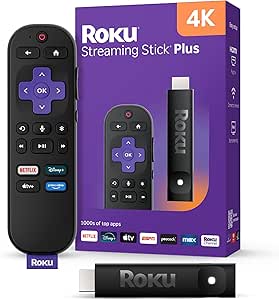- LIFE
Names That Mean Fire and Their Fiery Meanings


If you’ve ever tried to pick a streaming device and ended up overwhelmed by specs, features and endless model variations, don’t worry — you’re in good company. For most people, the real decision comes down to simple, everyday factors: How fast can you get to Netflix? Is the remote easy to use? Will the device push content you don’t care about? Roku and Amazon Fire TV Stick are the two biggest names in this space, and both offer affordable ways to upgrade any TV.
Below, we break down the differences in a friendly, real-world way to help you decide which one fits your home best.
Both Roku and the Fire TV Stick are consistently affordable, and both brands run frequent sales.
Amazon Fire TV Stick devices often see deeper discounts, especially during big shopping events.

Roku models are similarly priced and sometimes even cheaper at full retail, depending on the model.

If price is your main concern, Amazon tends to win during sale seasons, but both remain firmly budget-friendly year-round.
This is one of the biggest differences between the two platforms.
If you want a calm, uncluttered menu: go Roku.
If you want lots of recommendations and a more dynamic feel: Fire TV Stick.
The good news is both platforms support all major streaming apps — Netflix, Disney+, YouTube, Hulu, Max, Peacock, Apple TV+ and more.
Where they differ is in integration:
Both Roku and Fire TV Stick models offer fast, smooth performance, especially if you choose their 4K versions.
If performance is a priority, choosing a 4K model from either lineup gives you the best experience.
The easiest interface for beginners
Excellent universal search across apps
A simple remote with dedicated streaming buttons
Tons of free content on The Roku Channel
Deep Alexa integration with voice control
Smart-home compatibility for Amazon devices
Personalized recommendations based on viewing habits
Strong support for Dolby Atmos and HDR formats on higher-end models
Pick the Amazon Fire TV Stick, especially during sales. Amazon offers some of the steepest discounts in the streaming device category.
Choose Roku. Its menu is easy, uncluttered and ideal for anyone who wants a no-hassle experience.
The Fire TV Stick is the clear winner. It works seamlessly with Alexa speakers, routines and Amazon smart-home setups.
Roku is the better choice. Its interface, remote and navigation are the most user-friendly on the market.
Fire TV Stick has a slight advantage thanks to Alexa and Amazon’s content-forward design.